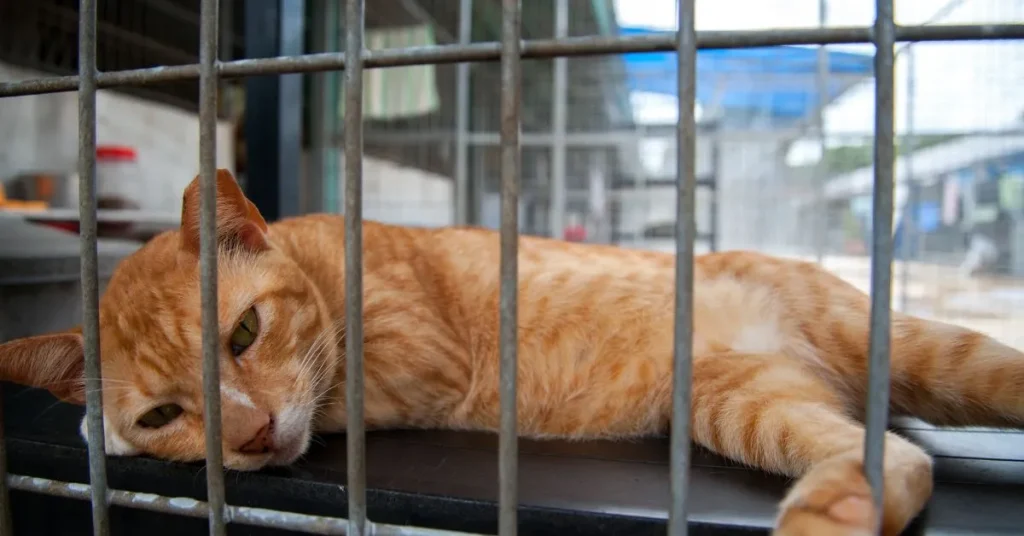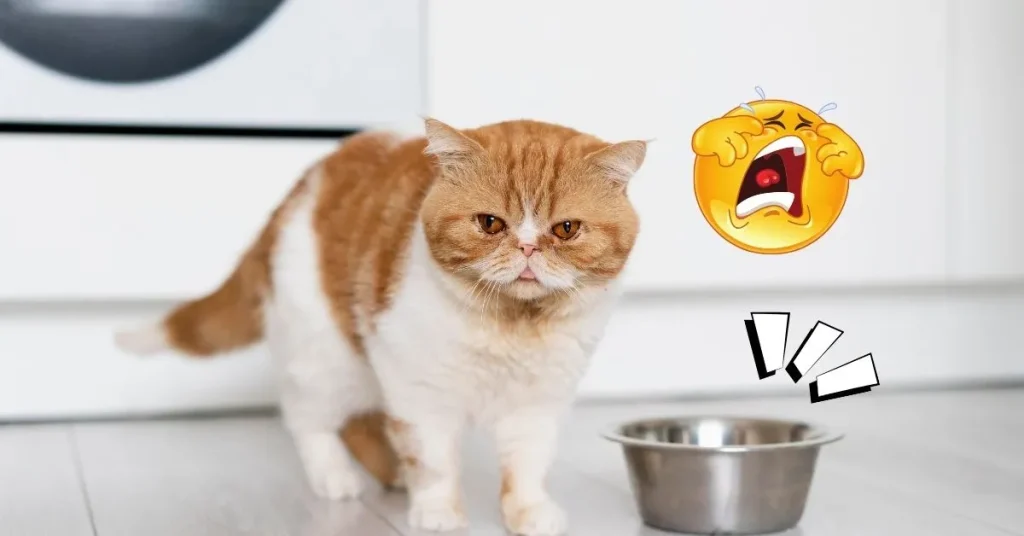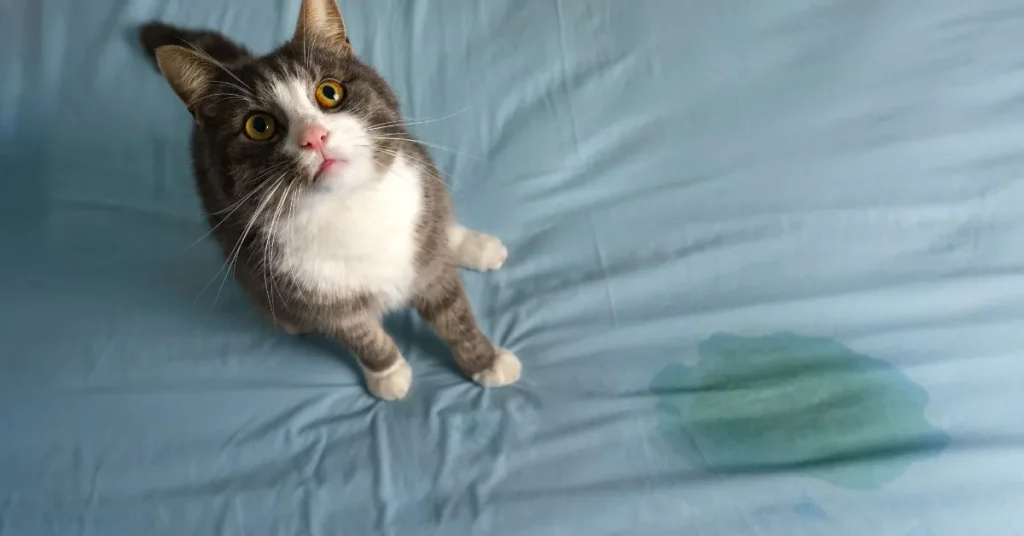For cat proprietors, understanding the regenerative cycle of their cat companions is basic, particularly when it comes to overseeing behaviors related to being warm. If you’ve ever pondered, “How Long Does a Cat Stay in Heat?” you’re not alone. In this article, we’ll investigate the length of the cat’s estrous cycle, common signs of a cat in warm, and procedures for overseeing this normal process.
Understanding the Cat Estrous Cycle
The estrous cycle, also known as the warm cycle, is the regenerative cycle that female cats experience to get ready for mating and propagation. Not at all like people, who involve menstrual cycles, are female cats “poly estrous,” meaning they involve numerous warm cycles all through the breeding season, ordinarily from spring to fall.
The estrous cycle comprises four stages:
Pro estrus: Amid this beginning organize, which endures around 1 to 2 days, female cats show behavioral changes showing they are drawing nearer estrus. These changes may incorporate expanded vocalization, anxiety, and loving behavior toward male cats.
Estrus: The estrus arrange, commonly alluded to as being “in warm,” is when female cats are rich and responsive to mating. This arrangement regularly keeps going for 4 to 10 days, even though it can change depending on a person’s cats and natural factors.
Met estrus: Moreover known as the “distrust” or “interests” organize, met estrus happens if the female cat does not mate amid estrus. This organization endures around 2 to 3 weeks and is characterized by a return to non-receptive behavior and the cessation of estrus-related signs.
An estrus: An estrus is the period of regenerative tranquility between estrous cycles. Amid this arrangement, which can final a few weeks to months, female cats do not display The signal is warm and are not responsive to mating.
How Long Does a Cat Stay in Heat?
The length of a cat’s time in warm, particularly the estrus arrange, can change depending on a few variables, including the person cat’s age, breed, and general well-being. On normal, a female cat remains warm for around 4 to 10 days, even though a few cats may involve shorter or longer warm cycles.
Factors Influencing the Term of Warm Cycles
Age: More youthful female cats, especially those beneath one year of age, may have shorter warm cycles enduring as it were a few days. As cats develop, their warm cycles ordinarily end up more normal and predictable.
Health Status: Female cats in great by and large well-being may encounter normal warm cycles, whereas basic well-being issues or hormonal lopsided characteristics can influence the recurrence and length of warm cycles.
Environmental Components: Natural components, such as sunshine length and temperature changes, can impact the onset and term of warm cycles in female cats, especially in open-air or semi-feral populations.
Signs of a Cat in Heat
Recognizing the signs of a cat in warm is significant for cat proprietors to get it and oversee their cat companion’s behavior amid this time. Common signs of a cat in warm include:
- Increased Vocalization: Female cats in warm may end up more vocal, creating uproarious, yowling sounds to pull in male cats.
- Restlessness: Cats in warm may display eager behavior, pacing, and looking for consideration from their proprietors or endeavoring to elude outdoors.
- Affectionate Behavior: Female cats in warm may show increased fondness towards their proprietors, rubbing against them regularly and looking for near physical contact.
- Rolling and Manipulating: Cats in warm may lock in rolling behaviors, regularly went with by manipulating their front paws, as a way to show receptivity to mating.
- Elevated Tail Position: Female cats in warm may hold their tails tall and to the side, uncovering their genital region to potential mates.
- Spraying or Checking: A few female cats in warm may show splashing behavior, stamping vertical surfaces with pee to pull in male cats.
Managing Warm Cycles in Female Cats
While the cat estrous cycle is a characteristic and fundamental portion of generation, there are a few methodologies cat proprietors can utilize to oversee their cat’s warm cycles and minimize related behaviors:
Spaying: Spaying, or cholecystectomy, is the most successful strategy for anticipating warm cycles and undesirable pregnancies in female cats. Spaying too offers well-being benefits, including a decreased hazard of mammary cancer and uterine infections.
Indoor Environment: Keeping female cats inside amid their warm cycles can avoid undesirable mating and decrease the probability of elude endeavors. Giving enhancement exercises and intelligent toys can offer assistance to lighten boredom and decrease restlessness.
Comfort Measures: Giving a comfortable and calm space for your cat to rest amid warm cycles can offer assistance to decrease push and uneasiness. Consider making a cozy withdrawal with covers or bedding in a separate zone of your home.
Distraction Procedures: Locks your cat in play and intelligently exercising can offer assistance to divert their consideration from mating behaviors and lighten eagerness. Astound feeders, wand toys, and scratching posts are great choices for mental and physical stimulation.
Consultation with a Veterinarian: If you’re considering spaying your cat or have concerns about her warm cycles, counsel your veterinarian to talk about the best course of activity based on your cat’s personal needs and circumstances.
Conclusion
In conclusion, how long does a cat stay in heat and length of cat’s time in warm, particularly the estrus arrange, can change depending on variables such as age, breed, and general well-being. Whereas the normal term of warm cycles is 4 to 10 days, personal cats may involve shorter or longer warm cycles.
Understanding the signs of a cat in warm and utilizing procedures to oversee warm cycles can offer assistance to cat proprietors to give fitting care and minimize behavioral issues related to being warm. Whether through spaying or natural administration, proactive measures can guarantee an agreeable living environment for both cats and their proprietors.



